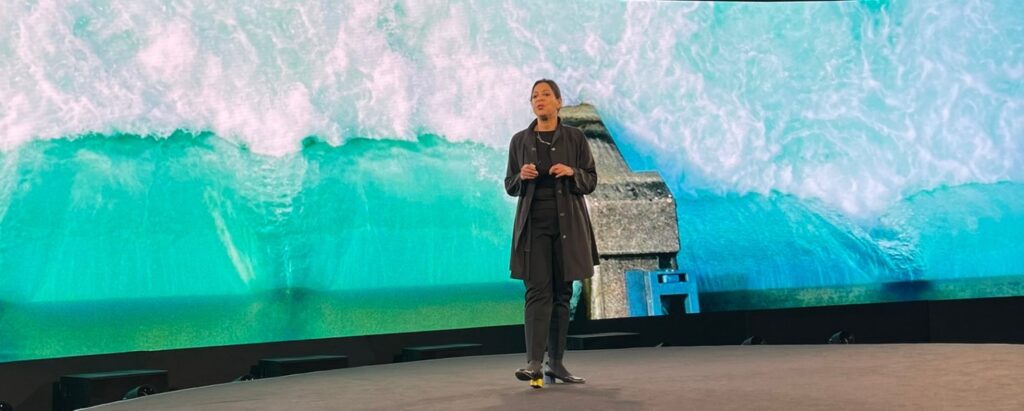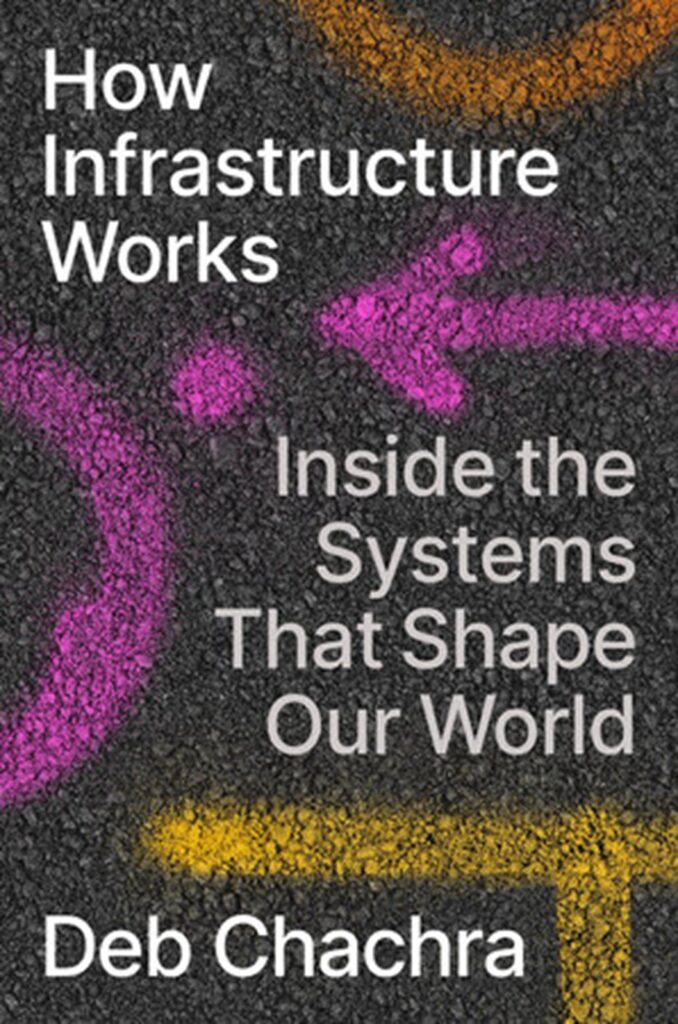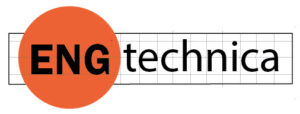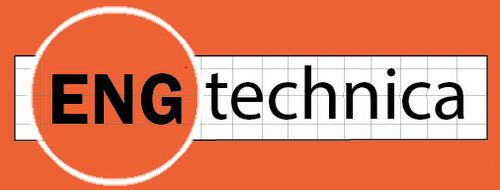
Letting the days go by, let the water hold me down
Letting the days go by, water flowing underground
Into the blue again, after the money’s gone
Once in a lifetime, water flowing underground
And you may ask yourself, “How do I work this?”
—Once in a Lifetime, Talking Heads, 1980 (Listen on Apple Music, Spotify)
Our infrastructure is crumbling. Dams, thought to last forever, are failing. Bridges that need attention are being ignored. Vast parts of the country remain unconnected. Indeed, Bentley Systems and all finalists present at the Year in Infrastructure event, all of us immersed in infrastructure, are part of the solution, not the problem, right?

But taking the stage on day 2 of the conference was Deb Chachra, professor at Olin College of Engineering and author of “How Infrastructure Work, Inside the Systems that Shape Our World, graciously provided by Bentley Systems to media in attendance. Chachra looks at the bigger picture, going back to the earliest water systems, before “infrastructure” was a word, connecting infrastructure with energy. How one begets the other has given us systems that grow exponentially. They feed off each. All of them have big-time unintended consequences. Bad ones. It is leading to the despondency she sees in her students who think the previous generation has benefitted from the systems created (energy, transportation, infrastructure, etc.) and left them the mess to clean up.
Inside the Systems that Shape Our World
The following is a transcript, more or less, of Prof. Deb Chachra’s talk.
An engineering education pushes us to think about the bigger picture. It’s not just about infrastructure, but people, communities, their environment. It’s not just about the latest tools and systems; it’s about creating a better, more sustainable and inclusive world. That’s something we can always aspire to. I like to do big-picture thinking, so when I get into infrastructure, I’m mostly interested in how students work with knowledge.
I base my favorite definition of technology on a science fiction author. She pushes back against the idea that technology is just the latest cutting-edge stuff. She said that “technology is how humans focus physical reality, how we shape the material world.” I love that. That definition reminds us that technology is more than just what is the latest development. That definition is about our interaction with physical reality. Infrastructure fits in this definition.
I’m the daughter of immigrants to Canada. As a kid, I was really aware of how different life was for my parents and their families back home. We had to make sure that we had water and electricity all day. In the summertime, power could go out. It made me aware of how much daily life is made possible by the support of infrastructure. Here, I turn on the lights and turn on the tap, and I don’t even think about it. Those needs are met and those systems enable my life.
There are so many examples of this. Wherever you live, once you have infrastructure that meets your survival needs, the next thing that people focus on is their desires and aspirations. That connection is so certain that people studying economic development can use artificial light as a proxy for progress in a region. This connection is tied to agency and it’s super important. Amartya Sen, who studied some of the poorest communities in the world, wrote that poverty isn’t just a lack of income but a lack of freedom to lead the kinds of lives people value. That’s the sustained freedom that helps us achieve our potential.
Our agency, my agency, comes from being part of these collective systems. It’s more than what I can do on my own. When I think about water, sewage, energy quality—these are the things that really differentiate places. They’re about networks that bring people together. They’re intrinsically linked, not just to the people where they are but also to each other. I use a canonical example: living in New England, where infrastructure was built out in the mid-20th century. Everyone needs clean tap water every day. It makes sense to have a network that serves everyone. It’s more efficient, not less, to have a networked system.
Once you build out a system, it only requires a little energy to serve additional people. As an engineer, that made perfect sense—it’s a matter of energy and efficiency. Our systems are powered by collective effort. Energy is the actual currency of our material world. We use energy to get more energy. The first coal-powered engine in England used coal to pump water out of mines so that more coal could be mined. Looking at global energy usage over the centuries, you see how we’ve scaled up to serve more and more people through these systems.
Now, we live in a world of global networks. Take containerization, for example. It made global trade and the movement of goods much more efficient. A lot of the stuff you use every day has been transported across the planet. It’s part of a global civilization that allows us to maintain relationships and communities across distances—whether that’s with family, colleagues, or online communities. And now, communication networks are nearly everywhere, with people having access to them wherever there is power.
But we’ve also become embedded in systems that extract resources, mine them, move them and transform them. The Industrial Revolution supercharged extraction, turning raw materials into the components of modern life. Take copper, for example. It was considered a precious metal not because it’s rare but because of its unique properties. It’s necessary for electricity and for conducting power across vast networks. As we’ve gained access to more energy, we’ve made things more disposable, moving from a world where materials are precious to one where they are used freely.
These collective systems have allowed us to live in a world of abundance, but they have also placed harm elsewhere. The benefits are often enjoyed by people far from where the negative impacts are felt. Think about pollution or climate change—these problems affect people differently depending on where they are and often those contributing the least to the problem are the ones facing the most harm.
All of these networks have benefits and harms and their distribution is often unequal. The landscapes that our systems were built on assumed stability, but now we have to contend with the impacts of climate change. We have to adapt our systems to a new reality, to a world where we need to both mitigate and respond to environmental changes.
When you look at the Earth from space, you realize that it’s a closed system. Every atom that we mine has to go somewhere. That means every decision we make about resources has a cost, whether that’s mining or building infrastructure. We have to find ways to meet our needs without depleting our resources.
The reality of our planet is that it is finite, but we can adapt. We need a dramatic shift in how we think about energy and materials. The last big shift came when we used energy to extract resources on a large scale. Now, we face two global problems—energy and materials. The students I teach, the next generation, understand that they will be dealing with these issues for the rest of their lives.
We’re at a point where we need to align our thinking to build a world with renewable, scalable and resilient systems. It’s about creating opportunities and building systems that are both sustainable and equitable. There’s no path to this future that doesn’t involve transforming our infrastructure. That’s one of the powerful possibilities of this moment: the potential for everyone to access energy and resources.
It’s hard and we have yet to figure it all out, but we have the tools and the vision to get there. I talk about this a lot with my students—about embracing agency and the role of technology in shaping the future. We have to think about our values and make them explicit, not just assume them. It’s about thinking critically about our relationships, our responsibilities and how we engage with complexity in a world that’s more interconnected than ever.
The place I want to end is with the idea of building a world where everyone has access to energy, where systems are resilient and sustainable and where we all have the freedom to live meaningful lives.
That’s our goal and it’s within our reach.

